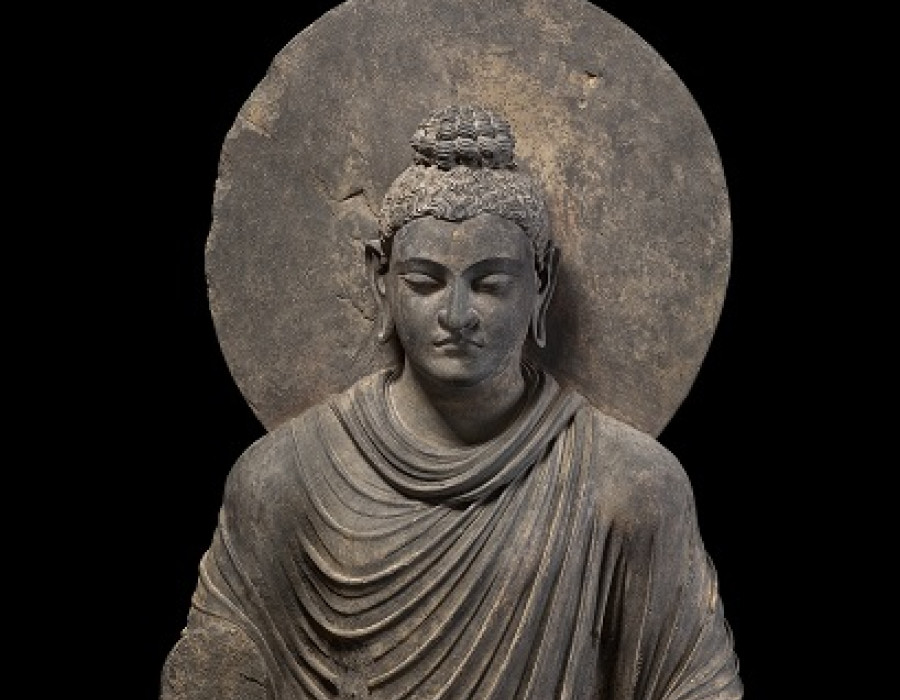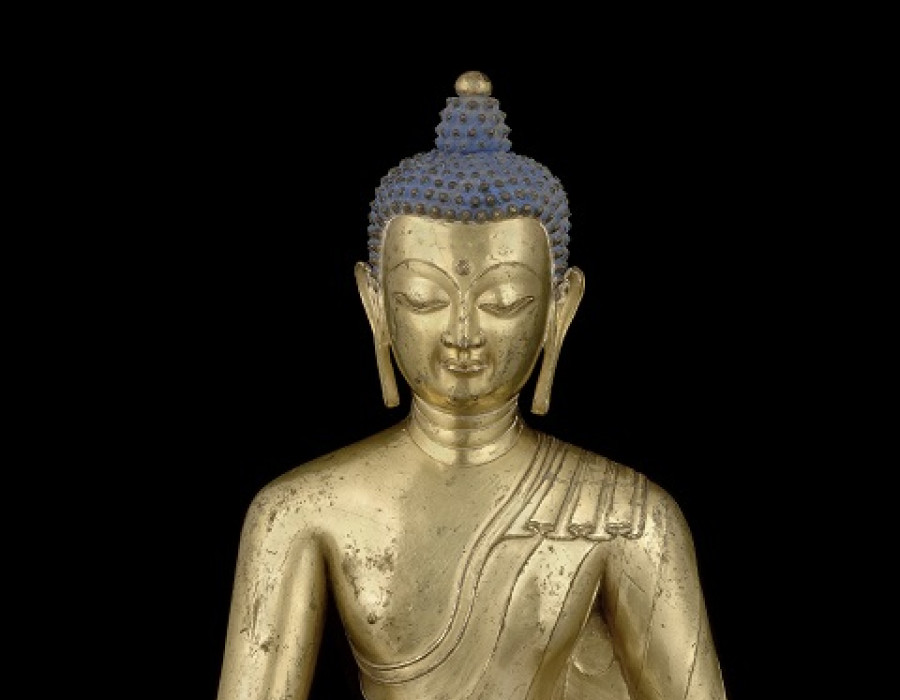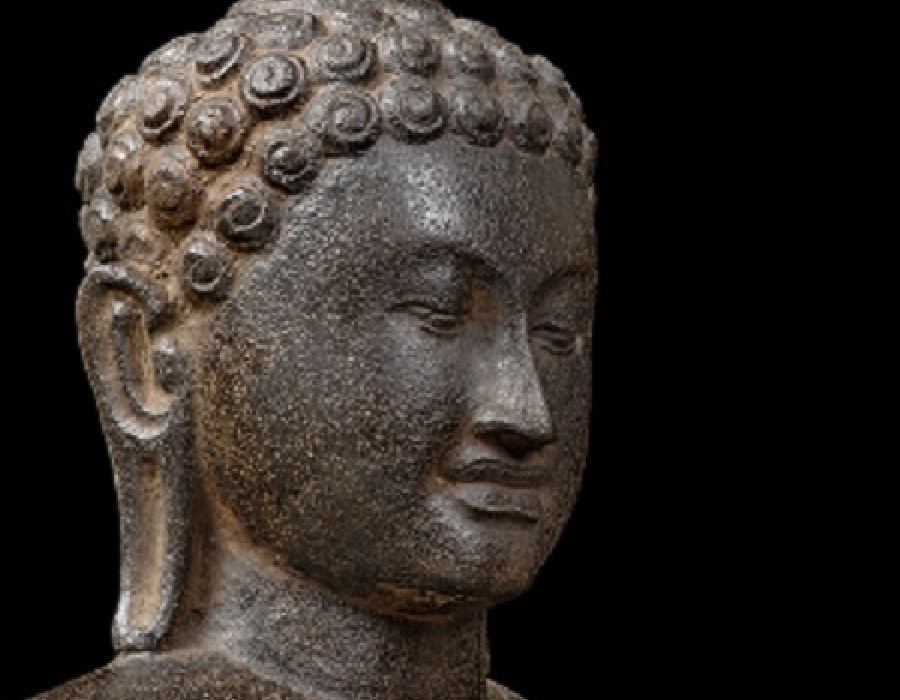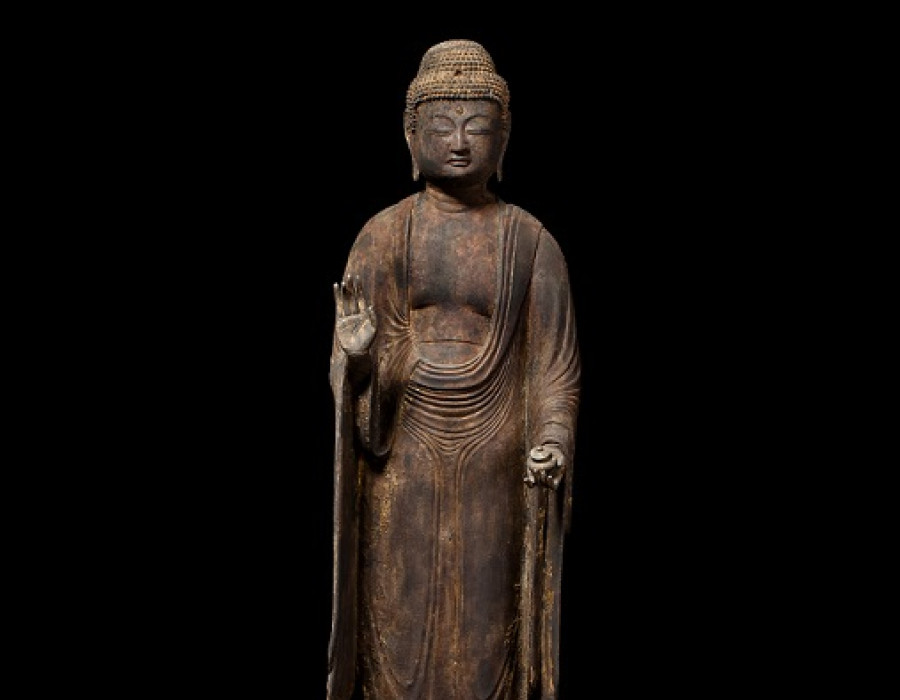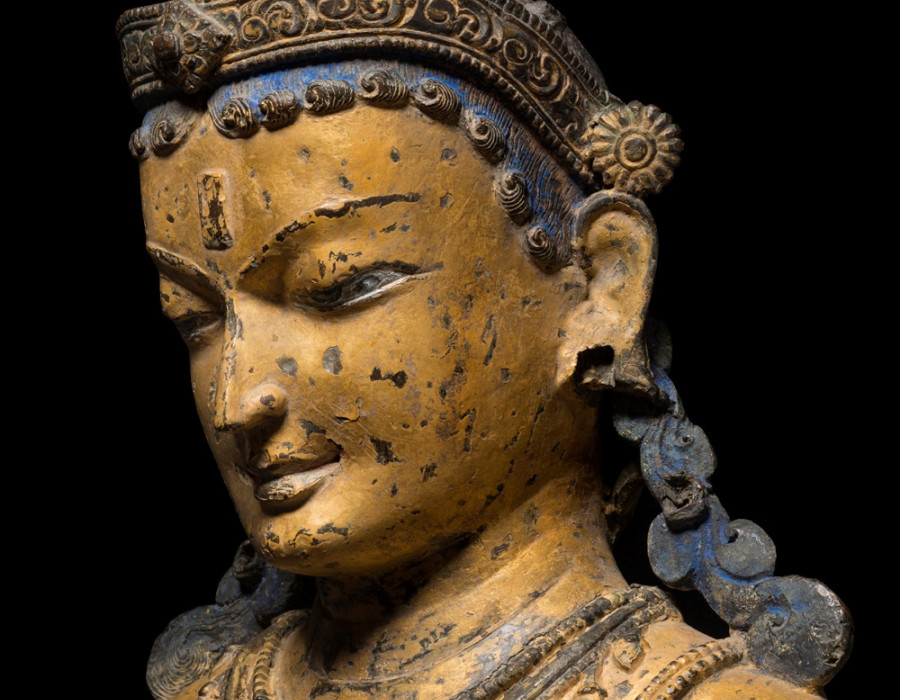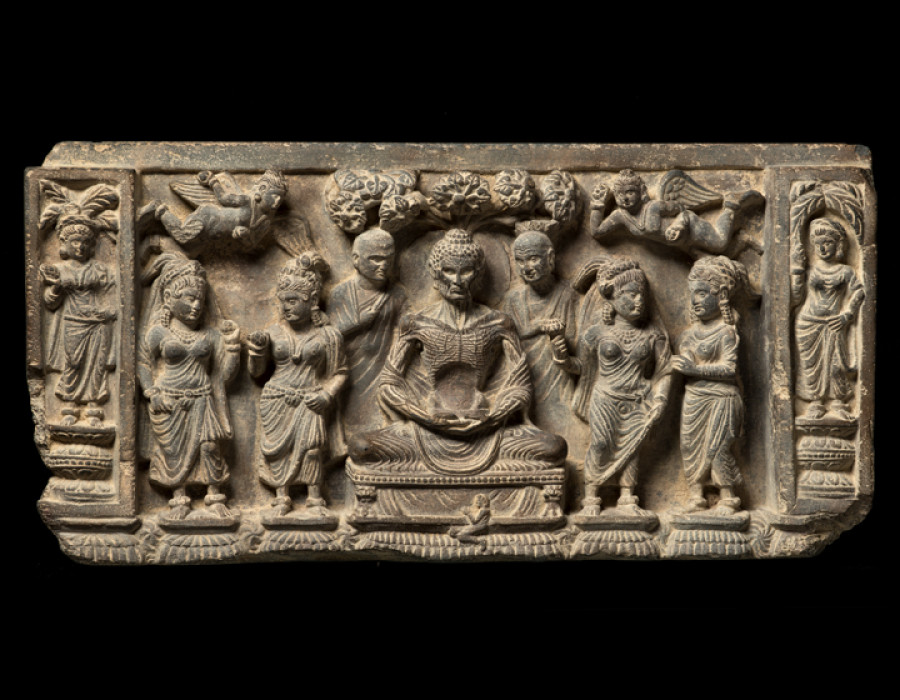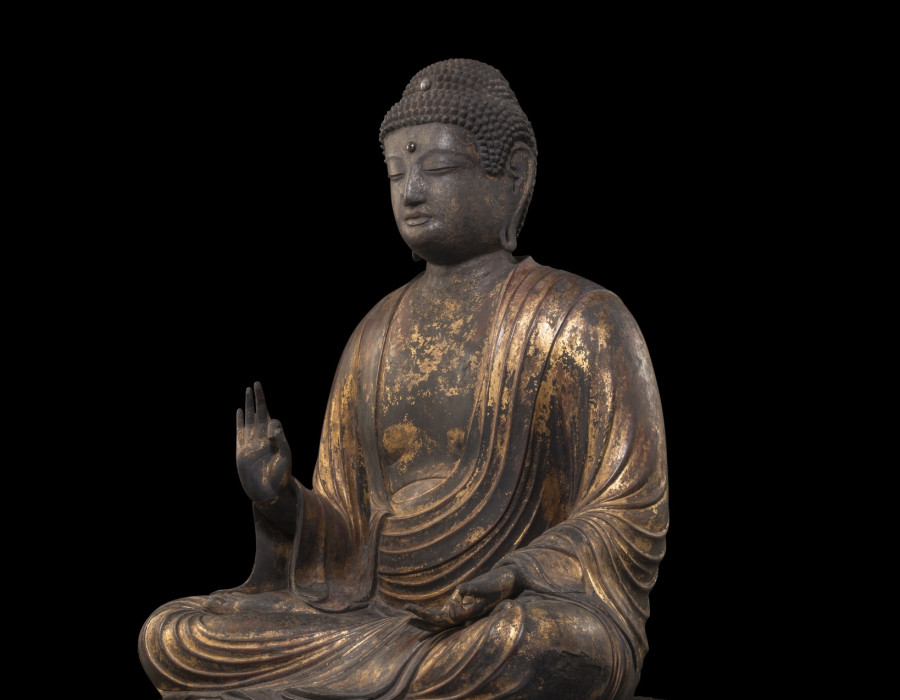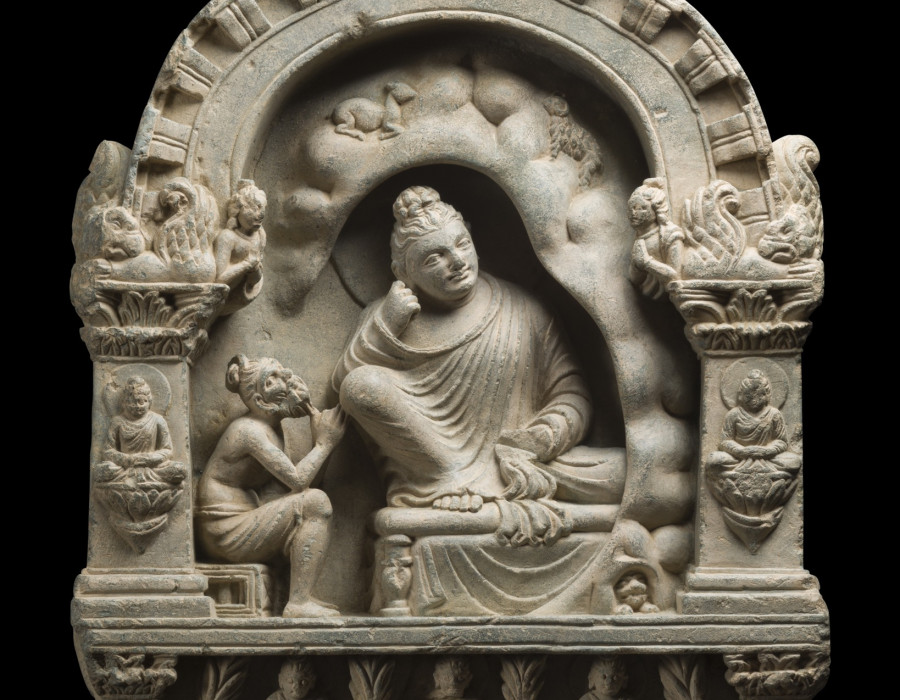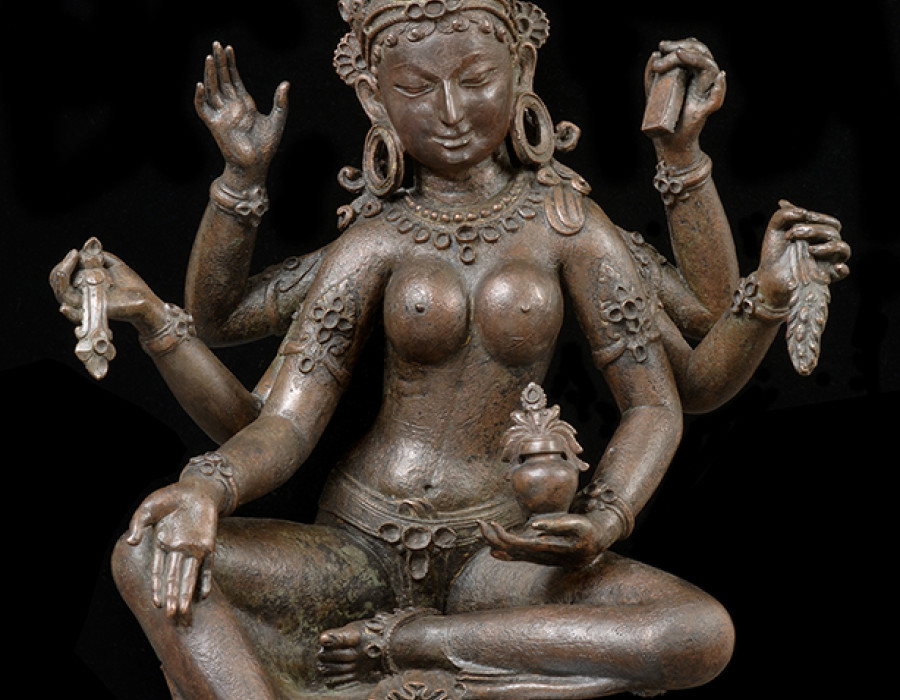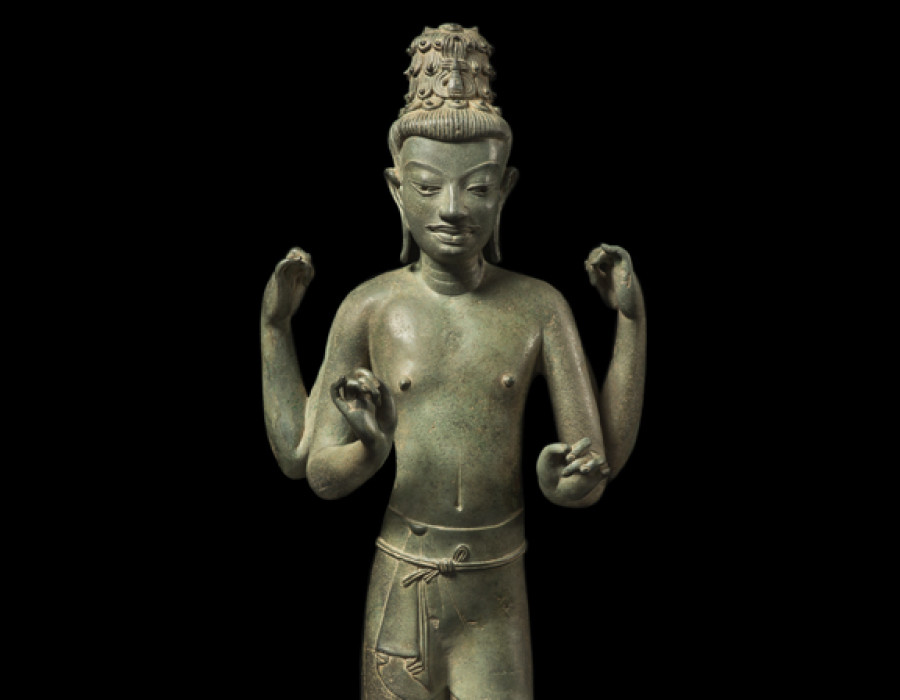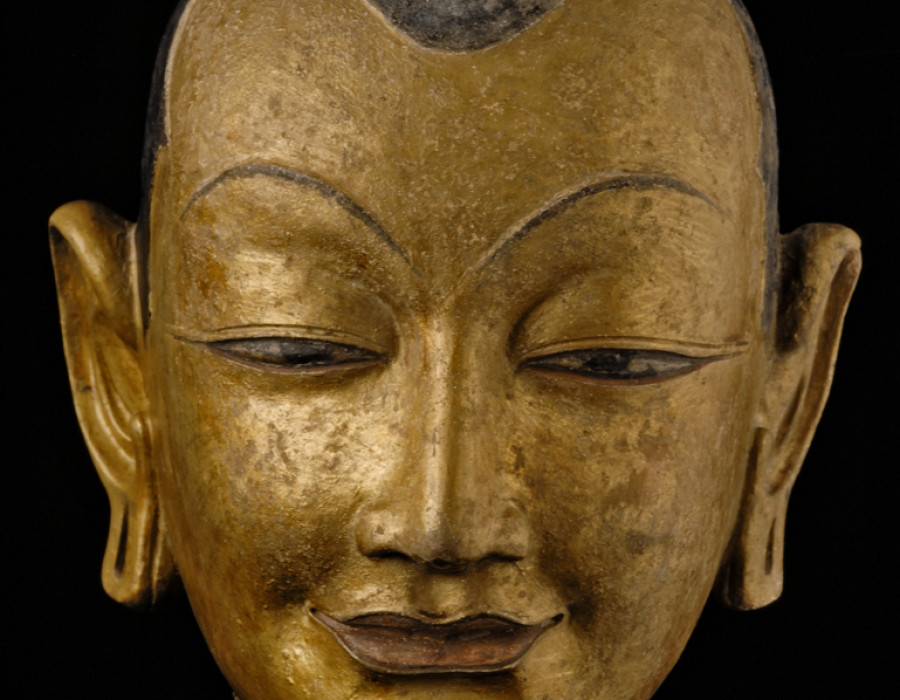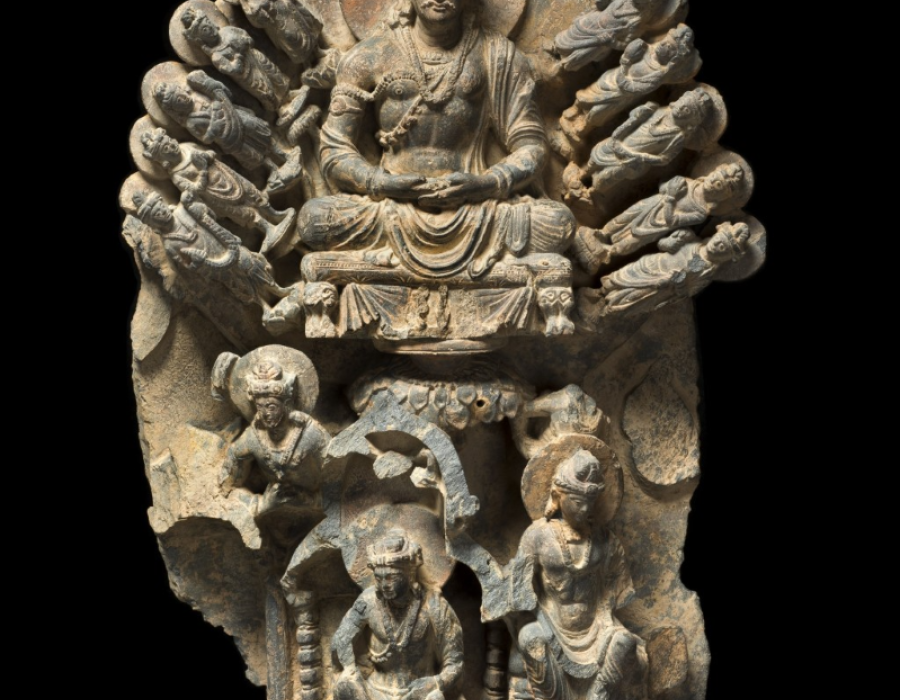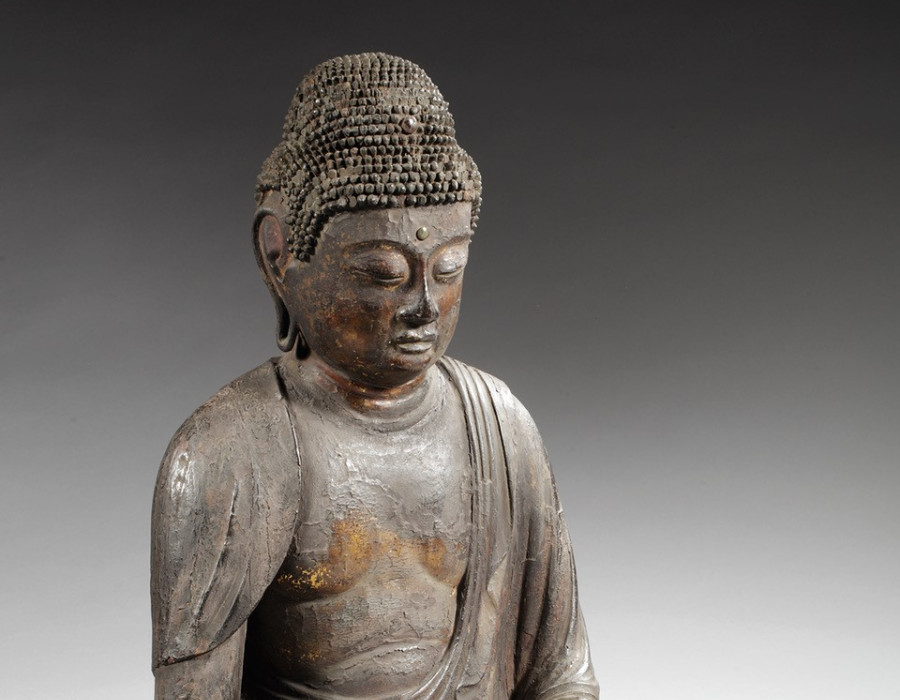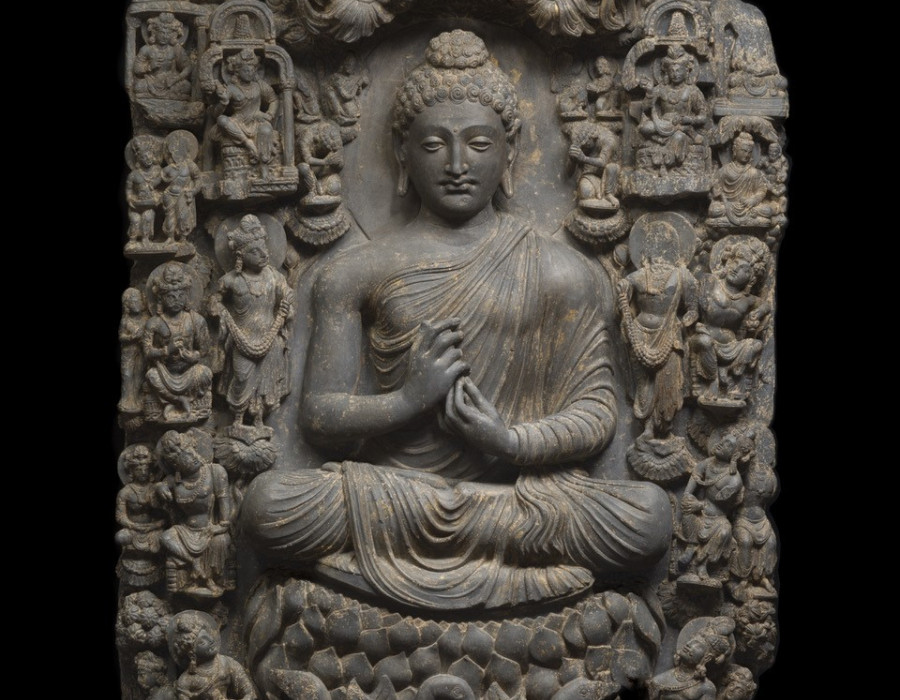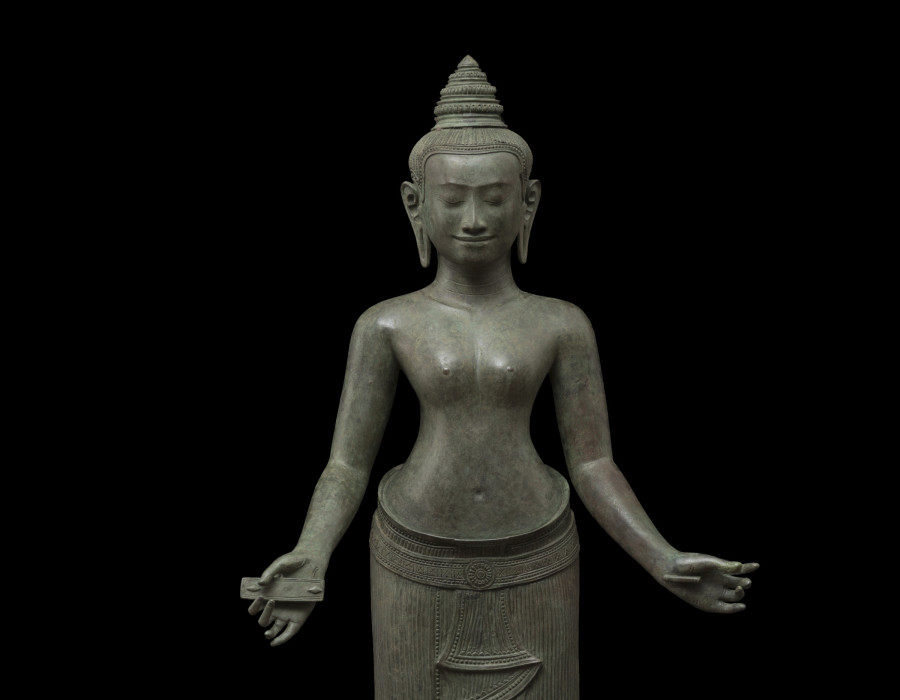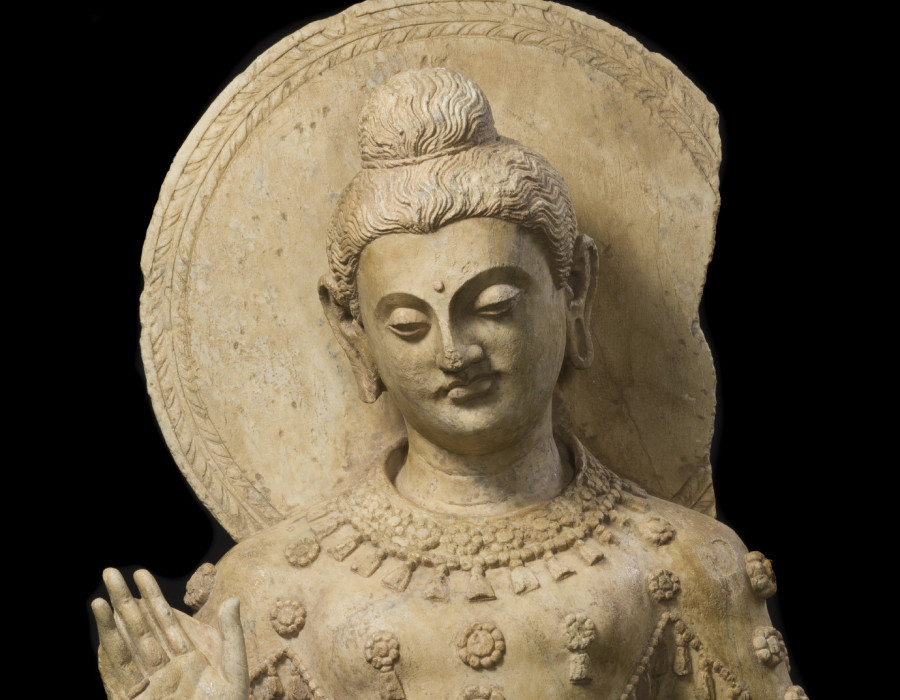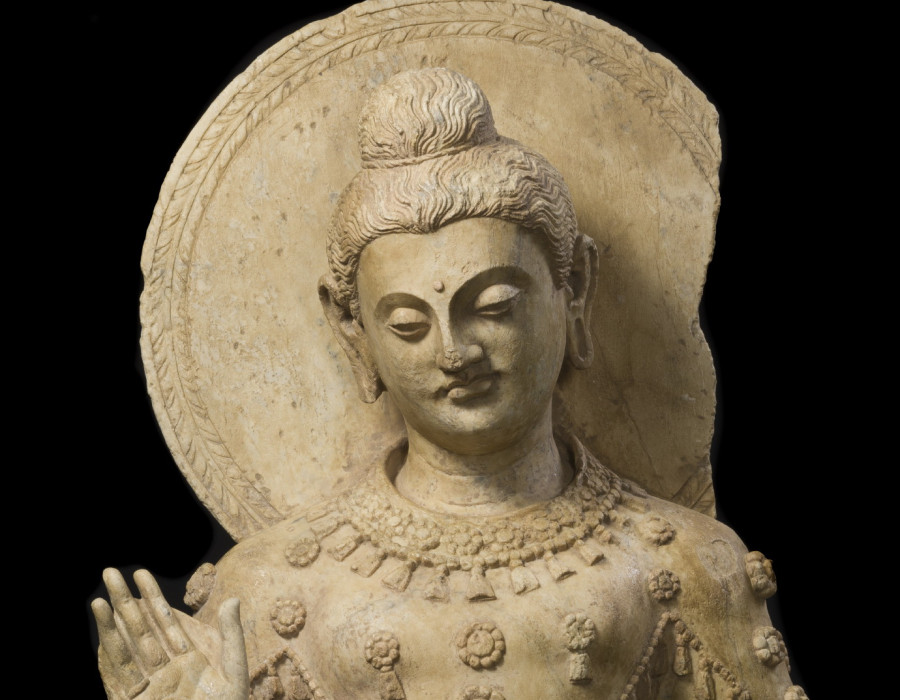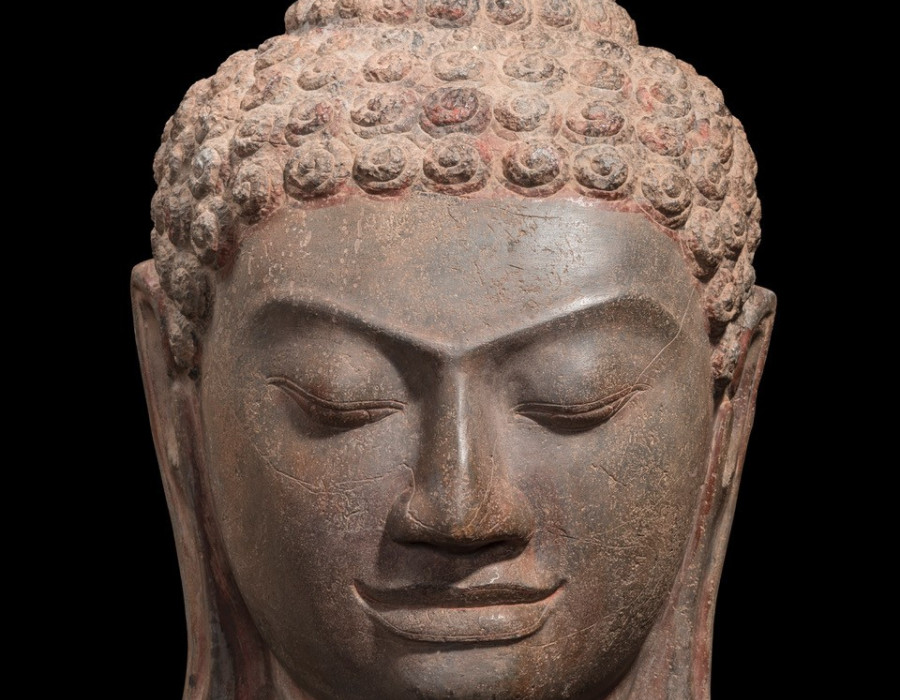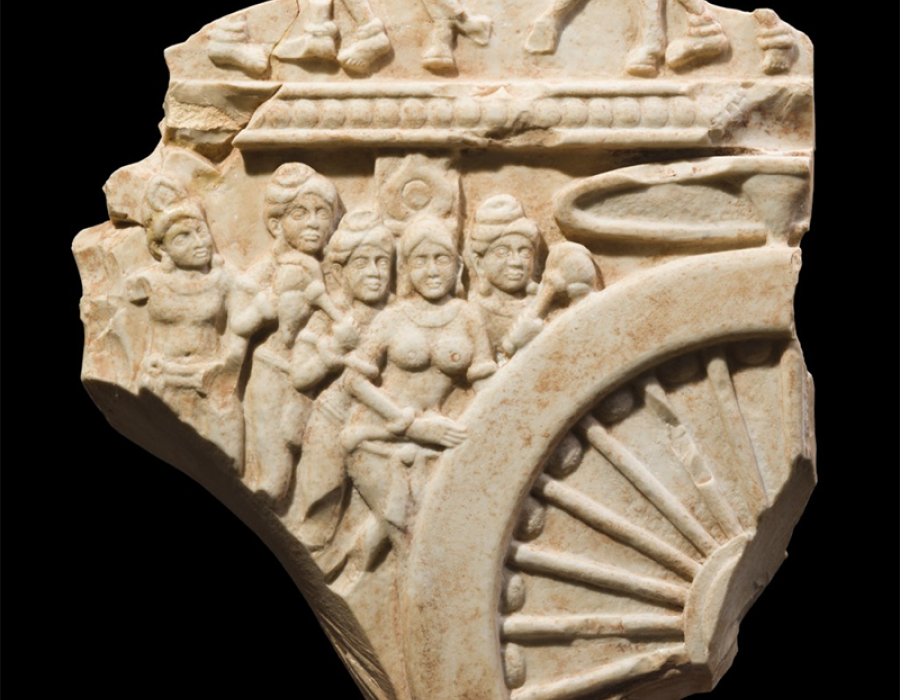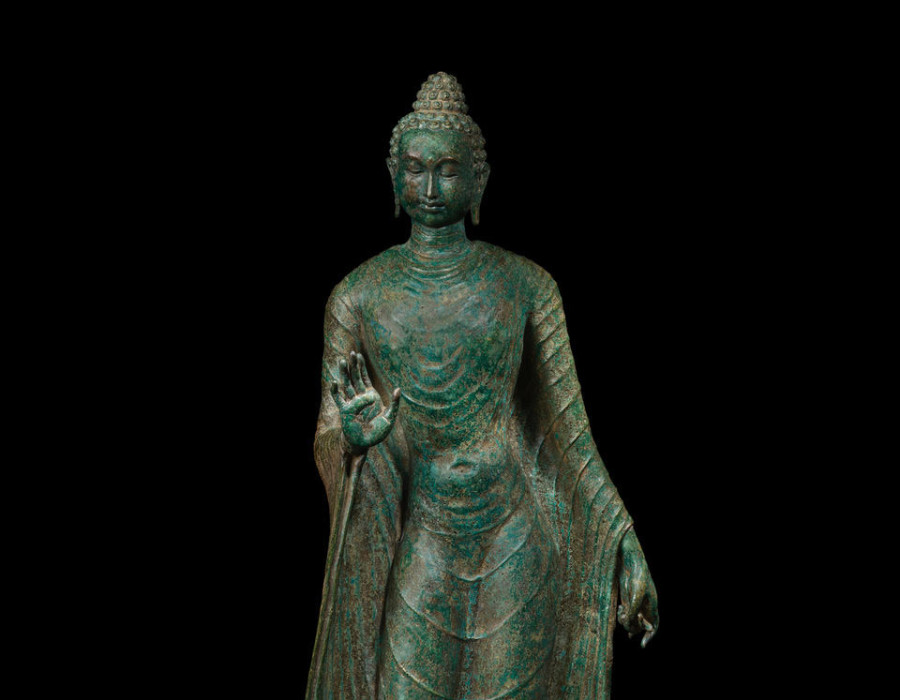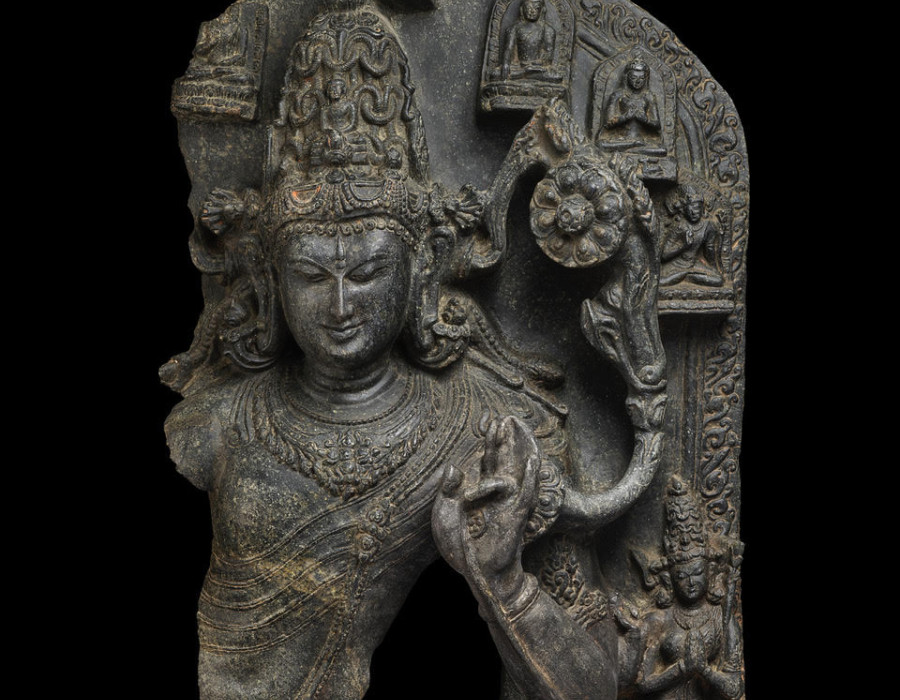
Martin Goodson
Heian Buddha (11th Century)
Images of Truth
The Heian Period (794-1185) saw a number of schools of Buddhism developing in Japan - Tendai, Shingon and Pure Land. Zen arrived in Japan in the 12th Century at the end of this fruitful period.

Heian Buddha 11th Century
John Eskanazi
Heian Buddha
Japan
11th century
Height: 53cm (10.87”)
Wood
……………
During the Heian period the capital was shifted to Kyoto (then known as Heiankyō) by emperor Kanmu, mainly for economic and strategic reasons. As before, Buddhist institutions continued to play a key role in the state, with Kanmu being a strong supporter of the new Tendai school of Saichō (767–822) in particular. Saichō (767–822), who had studied the Tiantai school in China, established the influential temple complex of Enryakuji at Mount Hiei, and developed a new system of monastic regulations based on the bodhisattva precepts. This new system allowed Tendai to free itself from direct state control. [Wikipedia]

Heian Buddha (profile)
John Eskenazi
Tendai Buddhism has several philosophical insights which allow for the reconciliation of Buddhist doctrine with aspects of Japanese culture such as Shinto and Japanese aesthetics. These include Zhiyi's theory of perfect interfusion or unity of all phenomena (expressed in teachings like ichinen sanzen "three thousand realms in one thought") and the Tendai theory of hongaku (original enlightenment) which holds that enlightenment is intrinsic in all things. Also central to Tendai thought is the notion that the phenomenal world, the world of our experiences, fundamentally is an expression of the Buddhist law (Dharma). This notion poses the problem of how we come to have many differentiated experiences. Tendai Buddhism claims that each and every sense phenomenon just as it is is the expression of Dharma. [Wikipedia]
…
Taking what is bad onto oneself and passing on what is good to others, and forgetting oneself and benefiting others — that is the height of compassion.
Saicho , [View, Right Life by Jiko Kohno]
Images of Truth
Buddhist art and iconography

